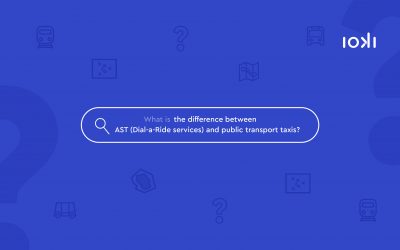In practice, we encounter clear limitations when collecting traffic data:
- Household surveys only reach a small proportion of the population
- Traffic counts at fixed points only capture snapshots
- Commuter statistics only capture work-related journeys
- Passenger numbers in public transport show only part of overall mobility
For effective transport planning, however, we need a comprehensive view. This is precisely where mobility simulations come in – they connect various data sources to create a coherent overall picture and fill information gaps through mathematical modelling and AI-supported methods.
From simulation to better transport planning
Traffic simulations allow us to model different scenarios
- What happens if we establish a new bus route?
- How does a new road affect traffic?
- Where are new transport services most urgently needed?
- How can we design transport networks to be better and more environmentally friendly?
These insights enable transport planners, transport companies and cities to make better decisions and actively shape the mobility of the future.
A digital representation of real movement patterns
We have developed a tool for the problem that combines different data sources into an overall depiction of traffic. The software creates a “digital twin” of the actual traffic situation in a region.
This is how the digital mobility twin works:
- Each person is anonymously represented with their characteristics (age, occupation, etc.) and typical journeys.
- Various modes of transport (car, bus, bicycle, etc.) are depicted together.
- The system can handle incomplete data and supplement missing information by drawing conclusions from existing data to intelligently fill gaps.
- New data can be added at any time to improve the model.
Traffic modelling serves as a reliable foundation for mobility analyses and transport planning. The mobility simulation from ioki Analytics is thus an important tool for data-based transport planning – a digital key for better and sustainable mobility.



